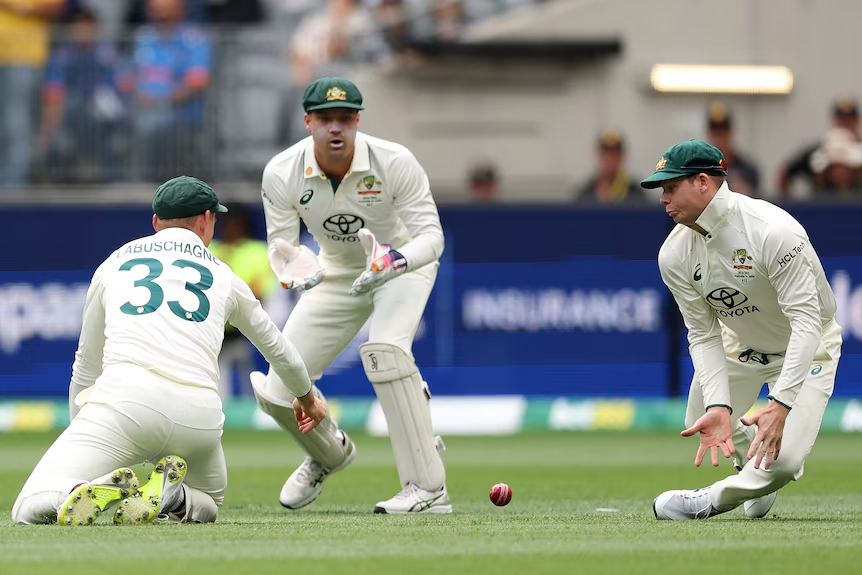
Australia's Batting Collapse Underscores Waning Power of Kohli and Smith
In a stunning display of dominance by the Indian bowling attack, Australia suffered a humiliating batting collapse on day one of the first Test match against India in Perth. The match, played on a picturesque Perth morning, saw the familiar rivalry between Australia and India renewed, but with an unexpected twist: the vulnerability of established batting legends Steve Smith and Virat Kohli. The Indian bowlers, led by Jasprit Bumrah, exposed weaknesses in the Australian batting lineup, raising concerns about the team’s future and the waning prowess of its veteran players.
The opening day highlighted a stark contrast between Australia’s established team and India’s newer players. Australia, under captain Pat Cummins, fielded a largely unchanged XI, with only the opening batsman position being contested. Nathan McSweeney secured the spot, a decision that drew limited debate due to the overall stability of the Australian team. In contrast, India, facing several absences, included two debutants and players in their second and fourth Tests, showcasing a team in transition.
The focus, however, was on the performance of Kohli and Smith, two cricketing giants whose careers are approaching their twilight. The article describes the match as a “desperate war waged by some greats of a game that is leaving them behind,” emphasizing the pressure on these players to perform despite the challenges of age and declining form.
Smith’s innings ended swiftly, dismissed LBW to Bumrah’s lethal bowling for a golden duck. “Judging a batter’s form after a golden duck is almost impossible, but this was a very Smith dismissal,” the article notes, highlighting the unusual nature of his dismissal. The article questions whether this was a momentary lapse or a sign of a more significant decline in his abilities. “The rest of the summer will tell Smith’s story — was this an aberration…or a symptom of terminal decline?”
Kohli, too, struggled. While he employed various batting techniques, including standing well outside his crease, he ultimately fell victim to a well-bowled delivery, edging the ball to first slip. “Kohli is trying anything and everything to pull himself out of his extended funk,” the article observes, highlighting his desperate attempts to regain his form.
However, the Australian batting collapse extended beyond just Smith and Kohli. The Indian fast bowlers, particularly Bumrah, Hazlewood, and Starc, exploited weaknesses in the Australian batting order. Usman Khawaja was pinned to the crease, Travis Head’s counter-attack was short-lived, and even Marnus Labuschagne, despite a determined fight, ultimately succumbed to a low score of 2 runs from 52 balls. Labuschagne’s struggle was described as “a far more alarming display than Smith’s instant removal.”
The article suggests that both teams are on the verge of a batting crisis, with Australia potentially already having fallen into one. The exceptional bowling performance of the Indian team exposed technical and mental frailties in the Australian batting line-up. The article concludes by emphasizing the pressure on Kohli and Smith to rediscover their form, stating, “If the players of old are still in there, their teams need them to re-emerge and quickly. If they are not, the search for the saviour of a new generation begins in earnest.” The day’s play underscored not only the intense rivalry between the two cricketing nations but also the inevitable generational shift within the sport. The performance raises questions about the future of both teams and the legacies of their most celebrated players. The exceptional bowling, particularly Bumrah’s, overshadowed the batting woes, leaving the match poised for a thrilling conclusion.